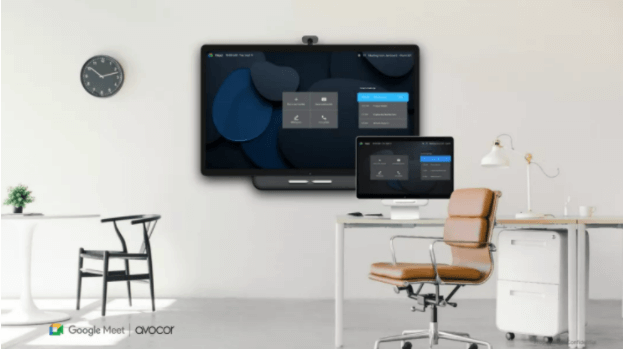For most people, the definition of the workplace has changed drastically in the past two years. COVID changed the labor landscape faster than any other event in the past three decades and as the dust starts to settle, many companies are starting to consider going fully remote or at least hybrid in the near future.
Many factors come into play when making this kind of decision. Costs are, as always, one of the most important aspects, but other issues, such as talent acquisition, productivity, and engagement also weigh in. Turns out many employees prefer remote work environments that allow them to keep a healthy work-life balance that used to be impossible, and many of those employees are very valuable and hard to replace.
This transition may prove to be beneficial but has its caveats. Remote companies work in a completely different way and that’s mainly because of three key factors; distance, connectivity, and space. Remote teams are rarely located in the same city or even in the same country. Some remote workers move around or settle in places that offer benefits such as affordable rent, proximity to their families, or better quality of life. When it comes to space, workers often prefer flexible setups that can be easily moved. And finally, connectivity needs to be optimal since most meetings will be conducted via Google Meet, Zoom, or Microsoft Teams.
In a perfect world, companies would just send their employees a computer and that would be enough to get the job done, but much like the old office space, things are not that simple. Remember the IT department that used to fix your laptop when it malfunctioned? Or the area where you used to ask for a new mouse when your old one stopped working? In remote environments, those services may still be there, but they work in a very different way.
Replacing your old mouse or fixing your laptop becomes a matter of logistics and optimized IT support services that need to work together to deliver what people need when they need than when they need them while also providing tech support and warranty services that can take care of any damages.
There are other significant barriers. Navigating through international legal procedures, taxes, local labor laws, compliance challenges, and above all, creating the proper setup to allow talented employees to work at full capacity without running into any significant issues. In a remote-first environment, every employee (or contractor, depending on your legal standpoint) has different needs and issues to consider and they are all important to guarantee engagement and productivity.
When it comes to supplying employees, companies can choose to optimize their existing workforce to satisfy the demands of remote-first teams, but that decision is usually very complex because in-house employees are not properly trained to solve the type of issues that arise.
That is why companies are starting to rely on businesses dedicated exclusively to solving IT procurement and tech support demands as a way to optimize their global teams. This also allows businesses to expand their reach as they can hire people from other parts of the world without worrying about logistics or legal barriers.
Netuniverse was one of the first companies that created an IT procurement marketplace and Provisioning and Collection services specially designed to establish, supply, and upgrade remote and hybrid teams on a global scale, offering businesses the possibility to expand their reach and hire talented workers in other countries.

Companies all over the world are implementing this type of service to support their remote efforts. Some, like Twitter, are even allowing employees to work remotely if they choose to, even after COVID restrictions are lifted.
The new work revolution will bring new and exciting opportunities for companies and employees alike, but for it to work, businesses need to change the way they supply and support their workforce, creating better and stronger logistic networks to provide efficient services that will provide teams with the right tools and proper support to get the job done.
Early adopters like Twitter have proven that this can be implemented not only in the tech business, but also in other types of companies that have the potential to go remote such as sales, legal firms, call centers, marketing, and ad agencies, and consulting firms.















